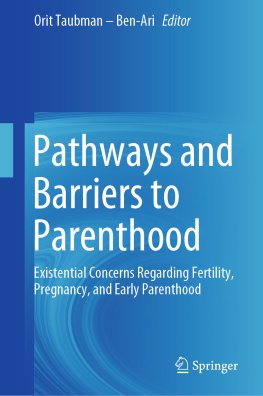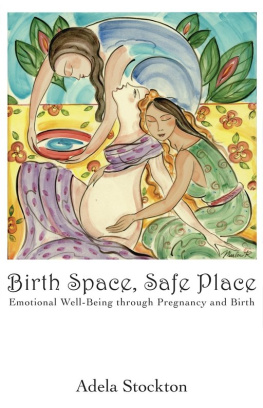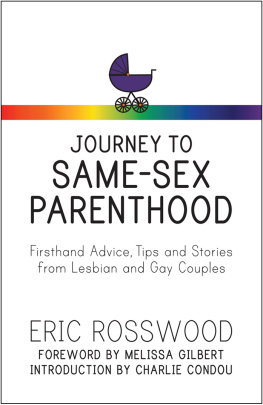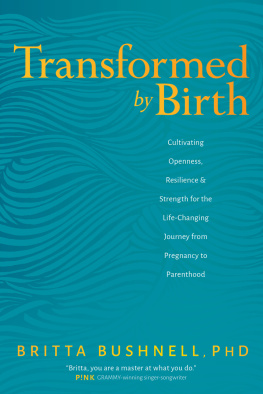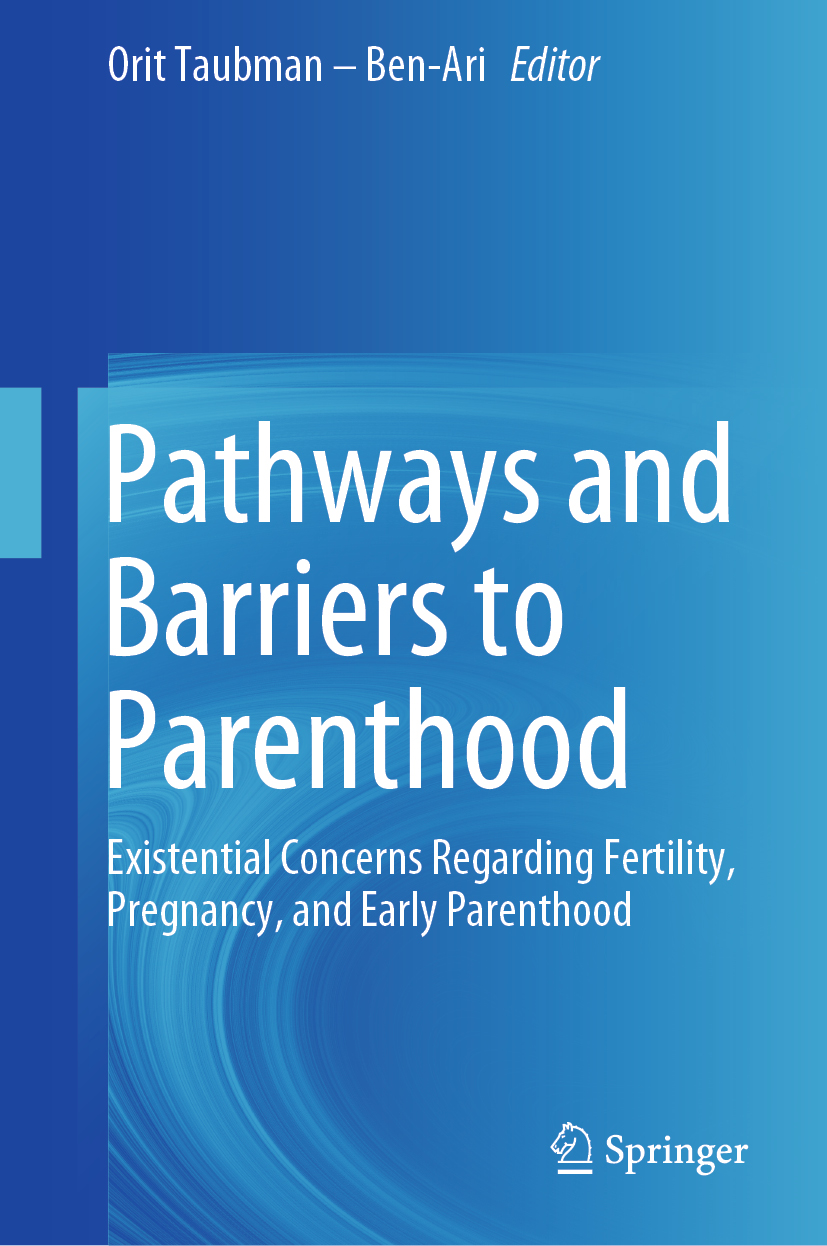Editor
Orit Taubman Ben-Ari
Bar-Ilan University, Ramat Gan, Israel
ISBN 978-3-030-24863-5 e-ISBN 978-3-030-24864-2
https://doi.org/10.1007/978-3-030-24864-2
Springer Nature Switzerland AG 2019
This work is subject to copyright. All rights are reserved by the Publisher, whether the whole or part of the material is concerned, specifically the rights of translation, reprinting, reuse of illustrations, recitation, broadcasting, reproduction on microfilms or in any other physical way, and transmission or information storage and retrieval, electronic adaptation, computer software, or by similar or dissimilar methodology now known or hereafter developed.
The use of general descriptive names, registered names, trademarks, service marks, etc. in this publication does not imply, even in the absence of a specific statement, that such names are exempt from the relevant protective laws and regulations and therefore free for general use.
The publisher, the authors and the editors are safe to assume that the advice and information in this book are believed to be true and accurate at the date of publication. Neither the publisher nor the authors or the editors give a warranty, expressed or implied, with respect to the material contained herein or for any errors or omissions that may have been made. The publisher remains neutral with regard to jurisdictional claims in published maps and institutional affiliations.
This Springer imprint is published by the registered company Springer Nature Switzerland AG
The registered company address is: Gewerbestrasse 11, 6330 Cham, Switzerland
Preface: The Complex Multidimensional Pathways and Barriers to Parenthood
Much has been written over the years concerning the transition to parenthood. Some authors relate only to the joy it brings, while others concentrate on psychopathology in the pre- and postnatal periods. Some look only at women, whereas others consider couples. Many address infertility as a medical obstacle on the path to becoming a parent, while others explore its psychological consequences for women, men, and their offsprings development. Little attention, however, has been devoted to an attempt to consider the medical, psychological, ethical, epidemiological, cultural, and clinical aspects of the journey to parenthood in parallel, and to view this challenging journey from the beginning, the desire to become parents, through pregnancy and the expectations and experience of childbirth, to actual parenthood. This book attempts to do just that, offering a multidimensional look at these highly complex and sensitive issues.
The first section is dedicated to the quest for parenthood, along the barriers it may carry. It includes chapters relating to the meaning of parenthood and its effect on meaning in life, as well as fertility, infertility, and reproductive technology from different angles and theoretical perspectives, including psychological, medical, and cultural implications, the couple and the individual, the impact of the media, the short- and long-term consequences of treatment, and alternative methods of pursuing parenthood.
In Chap. , Jessica L. Morse and Michael F. Steger present the most recent conceptualizations of meaning in life, which they consider the feature that most distinguishes us as human beings. Second to this, they claim, is humans need to understand their role as parents. Interestingly, though meaning in life and parenthood have each been studied extensively, only few authors address their interconnections. Morse and Steger argue that regarding parenthood as an existential issue may yield new insights into the profound impact that parentingor trying to become a parenthas on peoples lives.
In Chap. , Brennan Peterson and Jean Marie S. Place delve into one of the most painful and frustrating barriers to becoming parents: infertility. Focusing on the couple level, they claim that infertility represents an interruption in a couples normative life course. As they attempt to resolve this medical problem, they experience substantial emotional, physical, psychological, and financial stress. The authors review coping strategies as well as counseling strategies that may provide tools to help navigate the infertility experience, strengthen the couple relationship, assist in decision-making, and moderate feelings of grief and loss. In addition, they discuss the evolving issue of fertility awareness, stressing that infertility can also be addressed by enhancing primary, secondary, and tertiary prevention strategies.
In Chap. , Vera Skvirsky and Orit Taubman Ben-Ari deal with the damage to the individuals identity and well-being resulting from infertility. We show how coping with this problem can generate distress, anxiety, and sense of loss, failure, and pain throughout the process, from the initial consultation with a fertility specialist to achieved pregnancy and parenthood. The chapter examines the infertility experience at different stages in the journey to becoming a parent, with special emphasis on the beginning of fertility consultation, and relates to a number of contributors to both positive and negative outcomes for the individual.
In Chap. , Henny M. W. Bos and her colleagues discuss infertility from a cultural perspective, stressing that fertility care for involuntarily childless couples is not a high priority for governments in developing countries, where population growth and life-threatening diseases are of greater concern. Nevertheless, fertility problems may have an enormous negative effect on the life and well-being of couples in these countries. The authors examine the case of Kenya, presenting the findings of a mixed method study among individuals dealing with infertility.
In Chap. , Shirley Ben Shlomo and Oneg Kabizon-Pery analyze the issue of infertility within the sociological framework of modern media, showing how the media influences the shaping of social perceptions of fertility and fertility treatment. The authors present a study based on the theory of social construction of values and perceptions in which they performed a semiotic analysis of items relating to childbirth and fertility in the Israeli media. They demonstrate how the linguistic and visual aspects of these items reflect a specific cultural point of view and shared values.
In Chap. , the outcomes of fertility treatment from a medical standpoint are considered by Adel Farhi, Saralee Glasser, and Liat Lerner-Geva. They present statistical evidence of the frequency of assisted reproductive technology (ART) treatments worldwide, as well as in Israel, and raise concerns regarding their safety and their effect on the infants physical health and emotional well-being. Reviewing the literature on long-term outcomes for children born following ART, the authors conclude that despite variations in assessment scales, the growth, development, and cognitive functioning of these children are similar to those of spontaneously conceived children.

